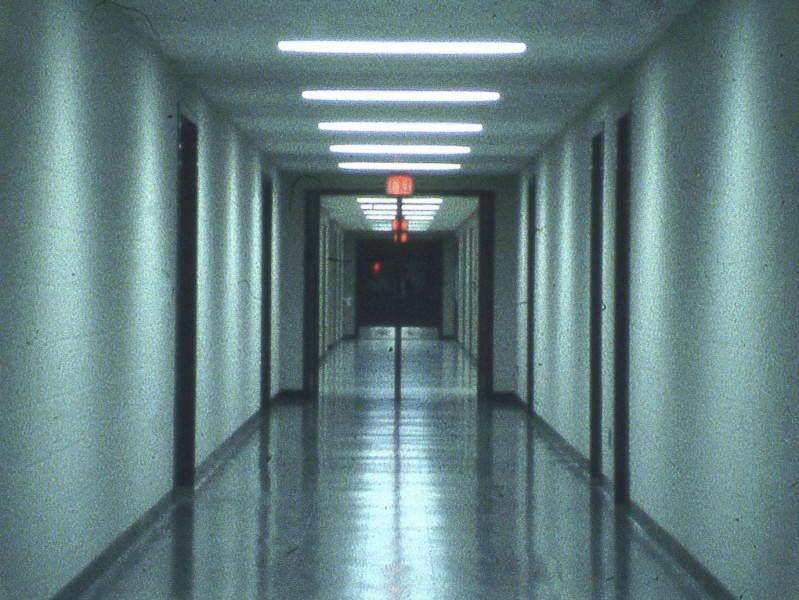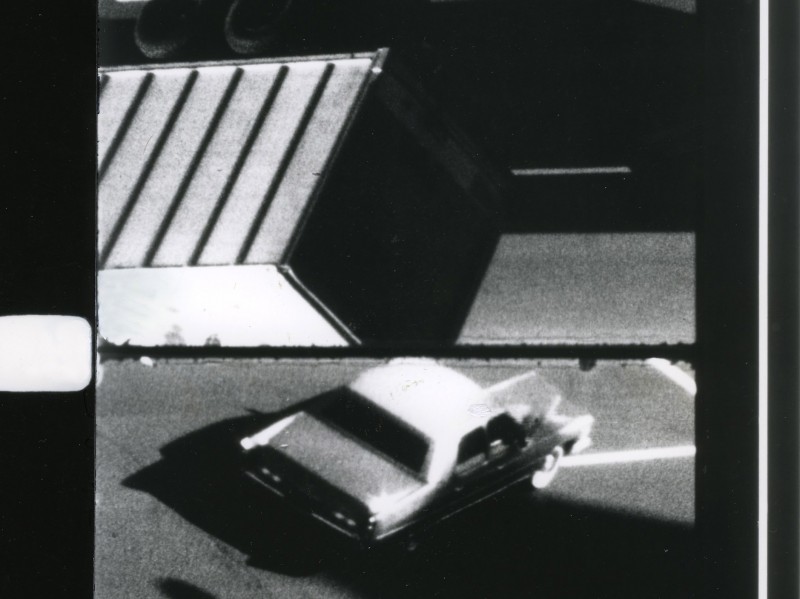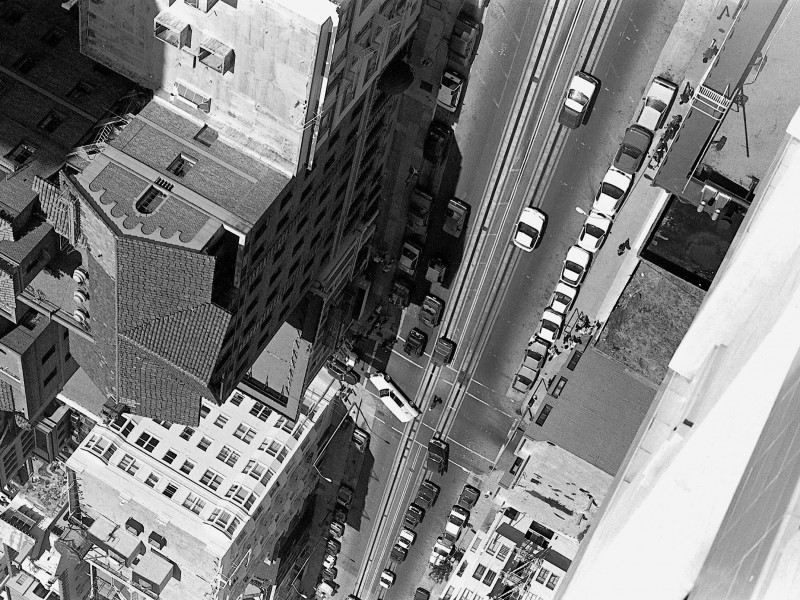



Ernie Gehr’s Marvelous Cinema
If Giotto had been an action painter his name would be Ernie Gehr.
Ernie Gehr (b.1943) arrived on the experimental film scene during the remarkable efflorescence of the 1970s, as a new generation of ambitious young filmmakers began to mine and, quite often, challenge the territory previously staked out by postwar artists led by Brakhage, Anger, et al. An entirely self-taught filmmaker, Gehr's meticulous attention to the material and formal qualities of cinema closely aligned with the Structuralist film movement and contemporary minimalist art. Like minimalist painters or sculptors, Gehr's cinema draws its energy from the carefully defined limits that structure his every film, a controlled restriction of the cinematic apparatus that, in a seeming paradox, results in incredibly exhilarating and even liberating films. Indeed, in Gehr's hands the camera seems to take on magical properties, able to transform the most quotidian object or environment – the pattern of sunlight on a wall, a busy street – into marvelous and unexpected phenomena. The magical qualities conjured by Gehr's cinema are especially powerful within those works dealing with the urban environment. In films such as Side/ Walk/ Shuttle, Shift and Greene Street, Gehr leads the viewer through a looking glass of sorts and into a gravityfree zone where buildings, cars and shadows seem to float and where the time and space between things become as concrete as the objects themselves.
In recent years, Gehr has discovered and embraced digital video, a shift which has only increased his prolific output and resulted in wonderful new works. We are thrilled that Ernie Gehr will join us to discuss his films and career for the two evenings of this program, which draws from both old and new works.







